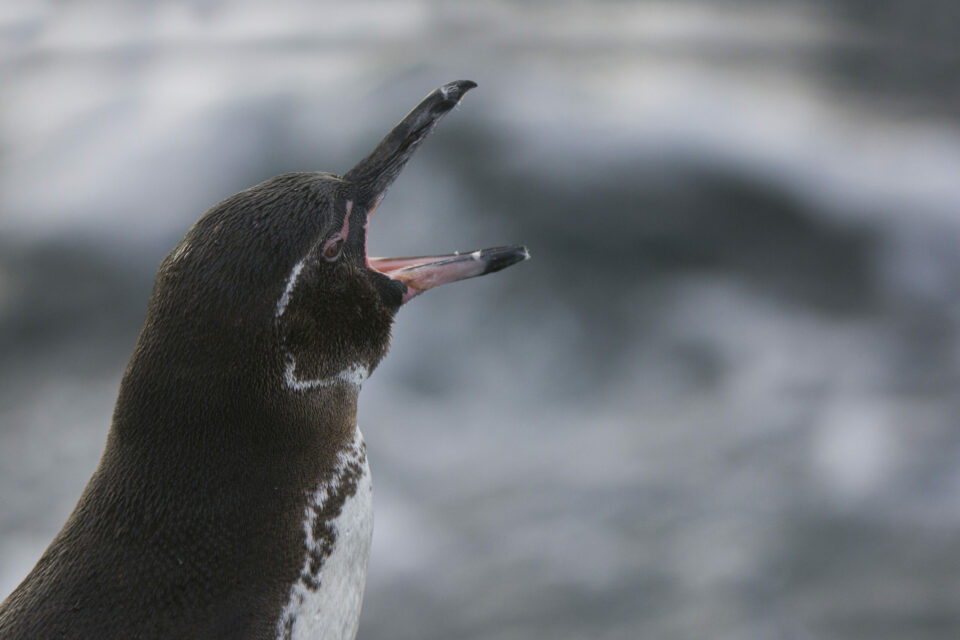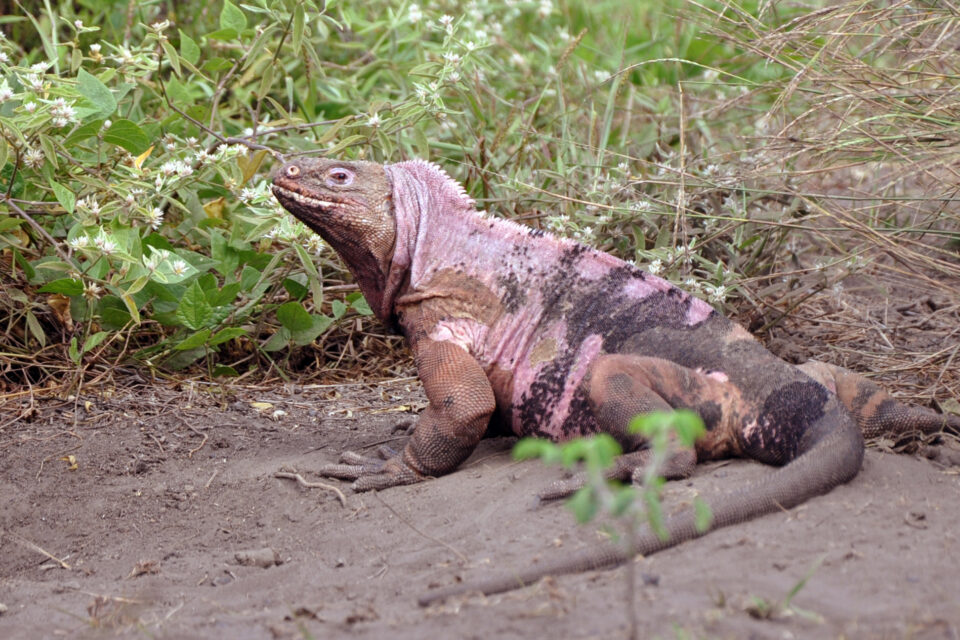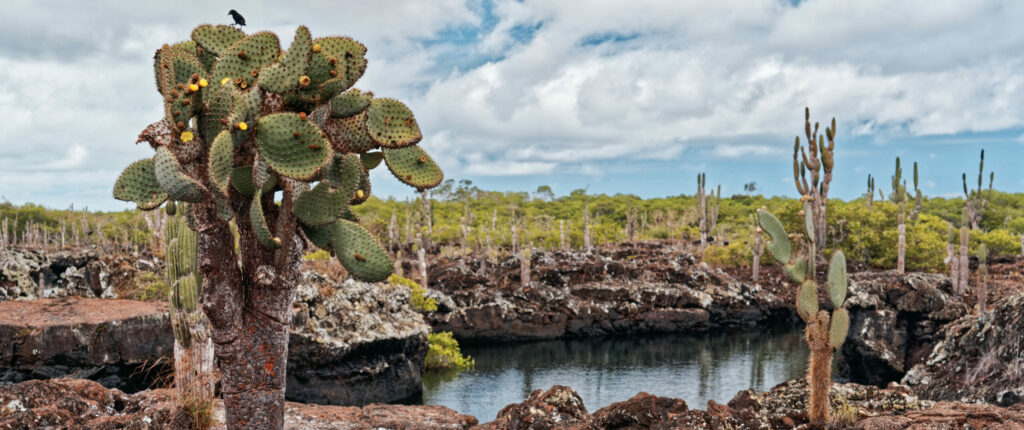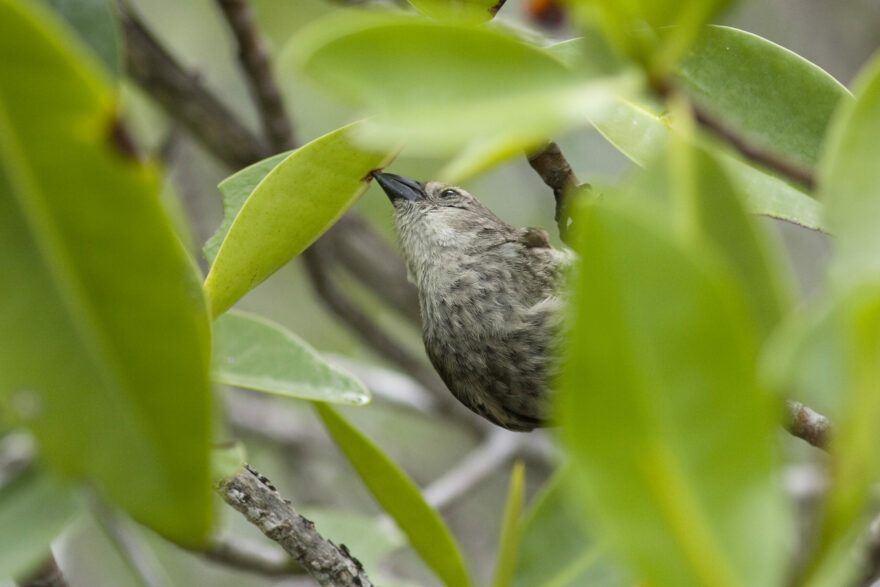
Island overview
Isabela is the largest of the Galapagos Islands and also one of the geologically youngest, only one million years old. The island was named after Queen Isabela of Spain, who supported and financed Christopher Columbus’ 1492 voyage that led to the discovery of the New World.
Isabela was formed by the merger of six shield volcanoes: Ecuador, Wolf, Darwin, Alcedo, Sierra Negra and Cerro Azul. All of the volcanoes except Ecuador are still active. The most famous volcano on the island is Sierra Negra; its caldera, measuring 10km across from north to south and 9km from east to west, is the second largest in the world.
Isabela’s geographical location makes it one of the most interesting and unique land masses on the planet, the only island to sit astride the Equator and situated at the end of the upwelling of the Humboldt Current. This ocean current brings huge amounts of fertile plankton from across the Pacific Ocean right to the shores of Galapagos, creating nutrient-rich waters and an incredible diversity of marine life. The waters around Isabela are some of the most extraordinary on the planet, attracting predators such as Galapagos sharks, bullhead sharks and reef sharks. The Bolívar Channel between Isabela and neighbouring Fernandina is the best place in Galapagos for viewing cetaceans; some 16 species of whale have been identified in the area, including humpback, sperm, sei, minke and orca.

This young island does not follow the vegetation zones of the other islands, with a very complex and interesting collection of lowland vegetation. This uniqueness is due to the relatively new lava fields and surrounding soils. The soils have not developed sufficient nutrients to support the varied life zones found on other islands, resulting in some very unusual flora. The highlands of the southern part of the island are home to abundant vegetation due to the southeast trade winds.
Puerto Vilamil is the only town on Isabela, with a population of approximately 1,800 people. The primary economy for this town used to be fishing, but the inhabitants have now turned their attention to tourism. A small airport has opened on the east coast of the island, and recent years have seen the development of paved roads and a small number of guesthouses.
Isabela is home to many endangered and endemic animals, some with a range of just a few square kilometres, such as the Critically Endangered mangrove finch. The Galapagos penguin and the flightless cormorant can also be found on Isabela, along with marine iguanas, land iguanas, boobies, pelicans, Sally Lightfoot crabs, Darwin’s finches, Galapagos hawks and Galapagos doves.
Wildlife highlights


Flightless cormorant

Galapagos pink land iguana

Mangrove finch
Conservation challenges
Isabela has suffered greatly from the introduction of invasive species by humans, especially goats and donkeys. Goats were first introduced to southern Isabela by whalers and other mariners, and in the 1970s the population expanded to the north of the island, where their numbers exploded and they wreaked havoc on the island’s ecosystem, threatening species such as giant tortoises. Galapagos Conservation Trust was one of a number of organisations that supported Project Isabela, an initiative to eradicate invasive goats from Pinta, Santiago and northern Isabela which began in 1997 and was completed in 2006.
Although goats and donkeys were successfully removed from northern Isabela, and few goats remain in the south of the island, invasive species such as cats and rats continue to pose a threat to wildlife on Isabela. Species at risk include the mangrove finch and the pink land iguana, two of the most endangered species in the Archipelago, both of which are only found on Isabela.



